Have you ever heard of Onmyoji? These mystical figures were not just practitioners of fortune-telling or magical rituals—they played a vital role in ancient Japan, influencing government decisions, societal norms, and even individual lives.
In this article, we’ll explore who the Onmyoji were, their fascinating history, the scope of their work, and even some of their most famous practitioners. Additionally, we’ll discuss why Onmyoji disappeared from public life and how they’ve been reimagined in modern media, such as the video game Nioh 2.
The History of Onmyoji
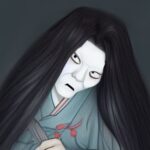
I’m very interested in Onmyoji!!
Because I was watching “Jujutsu Kaisen”.

Then let’s learn about Onmyoji together!
The Origins of Onmyoji
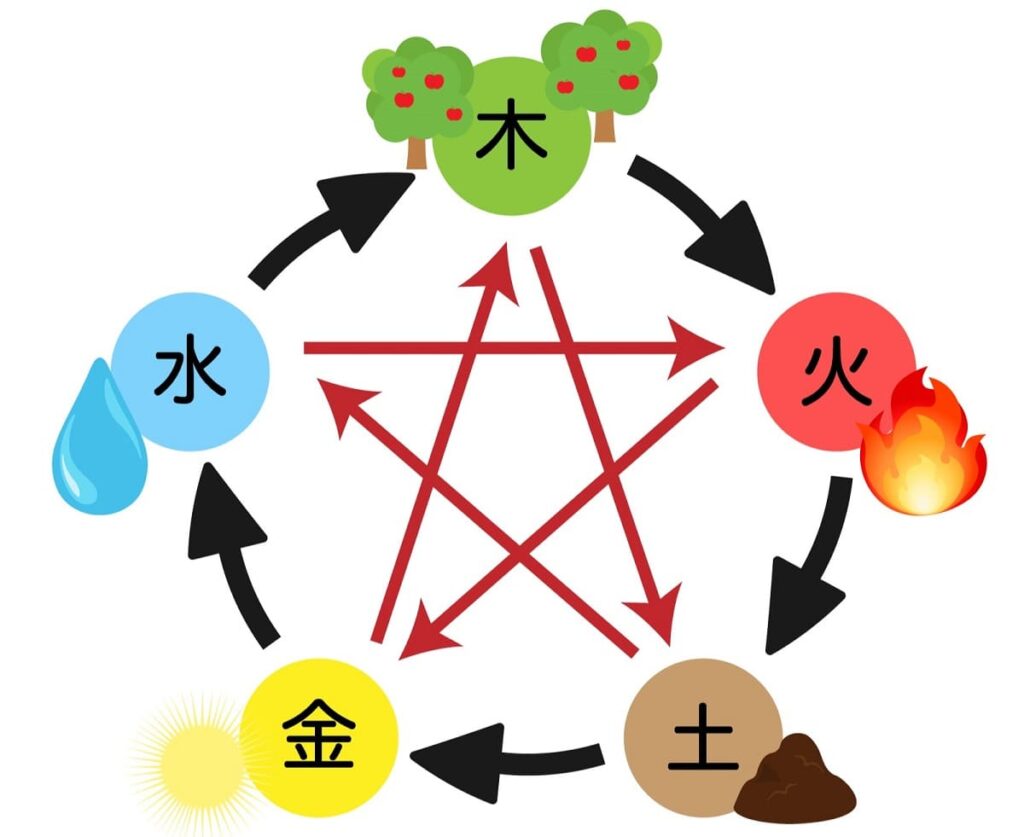
The origins of Onmyoji date back to the late Asuka period, around 670 AD. These practitioners were rooted in Onmyodo, a system of natural science, astronomy, calendrical studies, and magic that originated from the Yin-Yang Five Elements Theory in ancient China. Onmyodo was adapted and evolved in Japan, becoming a unique discipline that combined spirituality with practical applications.
Onmyoji served as specialists in Onmyodo and were part of a governmental institution called the Onmyoryo, which oversaw matters such as astronomy, calendar creation, and ritual practices. At that time, Onmyoji were essentially government officials who supported the state with their expertise.
The Long Legacy of Onmyoji
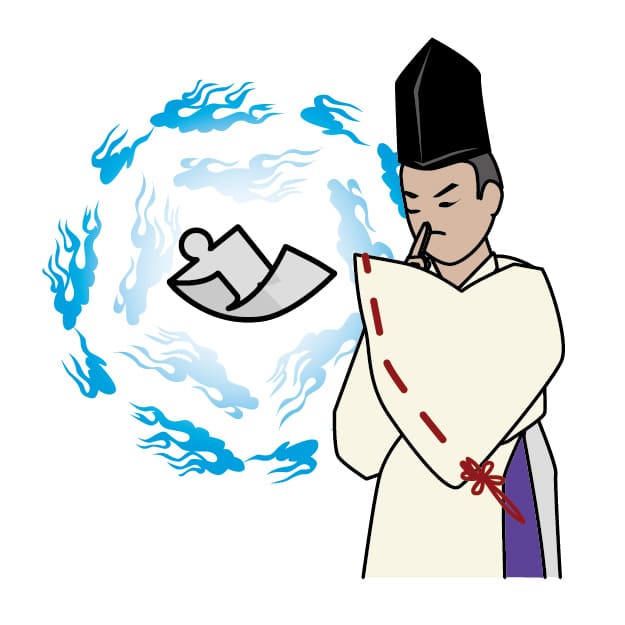
Over the centuries, Onmyoji became deeply ingrained in the daily lives of Japan’s aristocracy, especially during the Heian period. Their influence extended beyond official duties; they provided guidance in private matters, performed rituals, and ensured harmony between people and nature.
The legacy of Onmyoji endured until the Meiji Restoration, when drastic societal reforms led to their decline. In total, their history spans over 1,000 years, from the late Asuka period to the end of the Edo period.
What Did Onmyoji Do?

What’s their specific job?
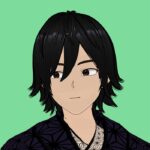
Well, let’s check their job!
More Than Fortune-Telling
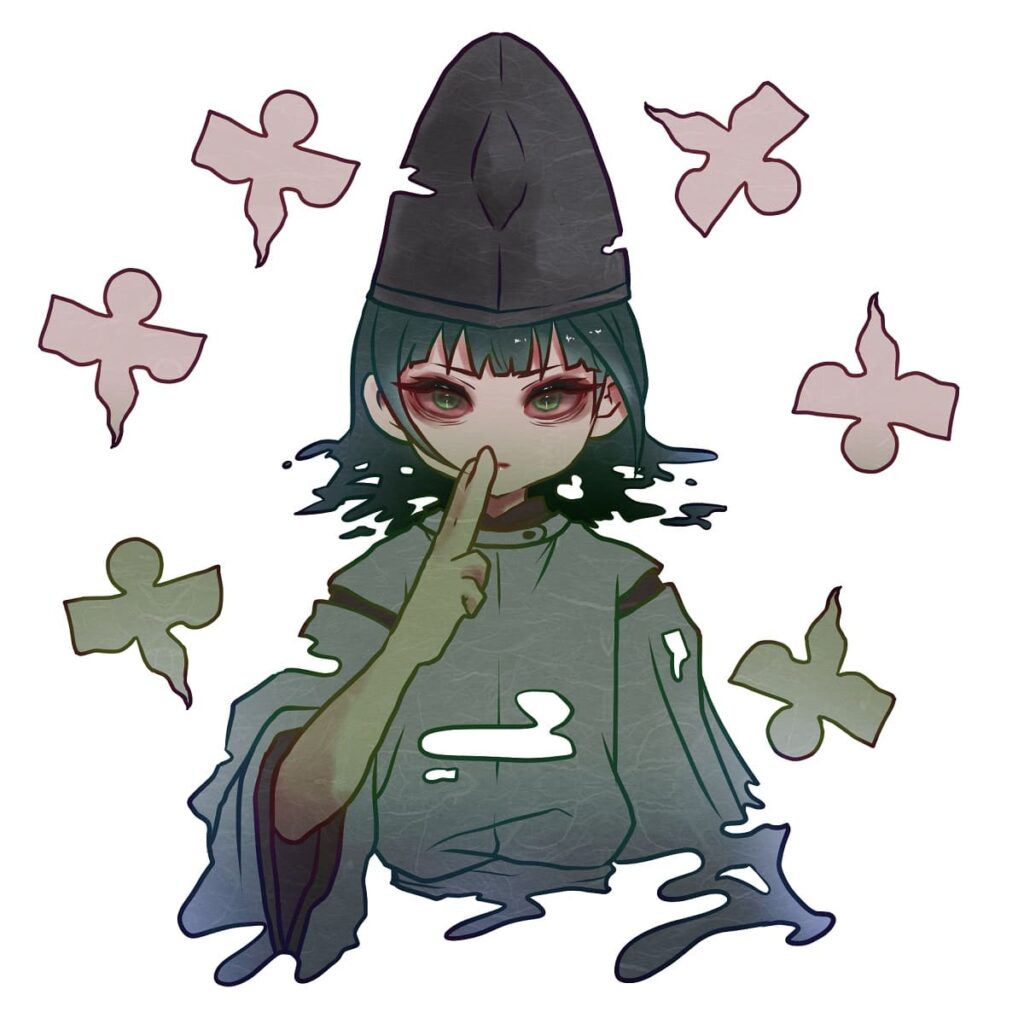
The roles of Onmyoji were multifaceted and extended far beyond mere divination or exorcism. Their responsibilities included:
- Astronomy: Observing celestial movements to create calendars essential for agriculture and governance.
- Disaster Prediction: Forecasting natural disasters such as earthquakes or epidemics to mitigate their impact.
- Rituals: Performing ceremonies to purify spaces or ward off negative forces.
- Geomancy and Feng Shui: Advising on the layout of cities and buildings for optimal energy flow.
One unique example of their work was telling people “monoimi” (物忌)—identifying and designating individuals or families who needed to avoid certain actions or places due to ominous signs, thereby helping them avert misfortune.
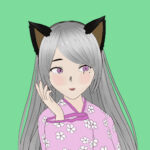
すごい・・・
Alleviating Anxiety Through Divination
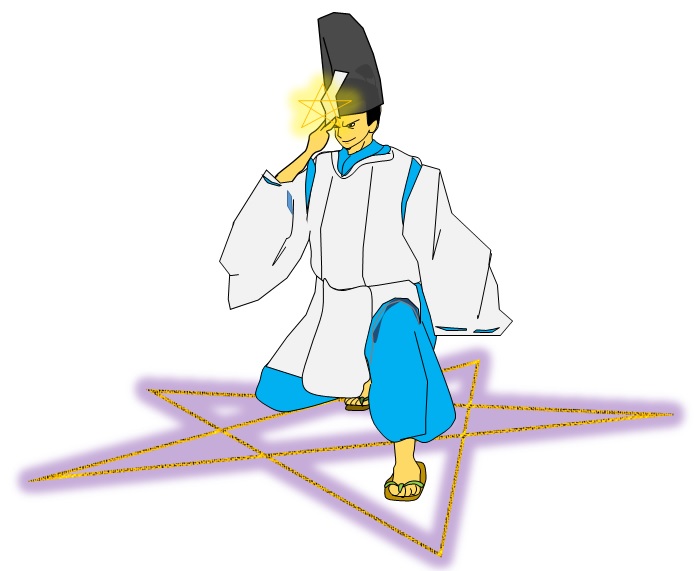
Onmyoji were also experts in determining auspicious dates and directions, offering guidance for life-changing events such as moving to a new house or embarking on a journey. By addressing people’s concerns and fears, they played a crucial role in maintaining societal harmony.
Famous Onmyoji
Abe no Seimei
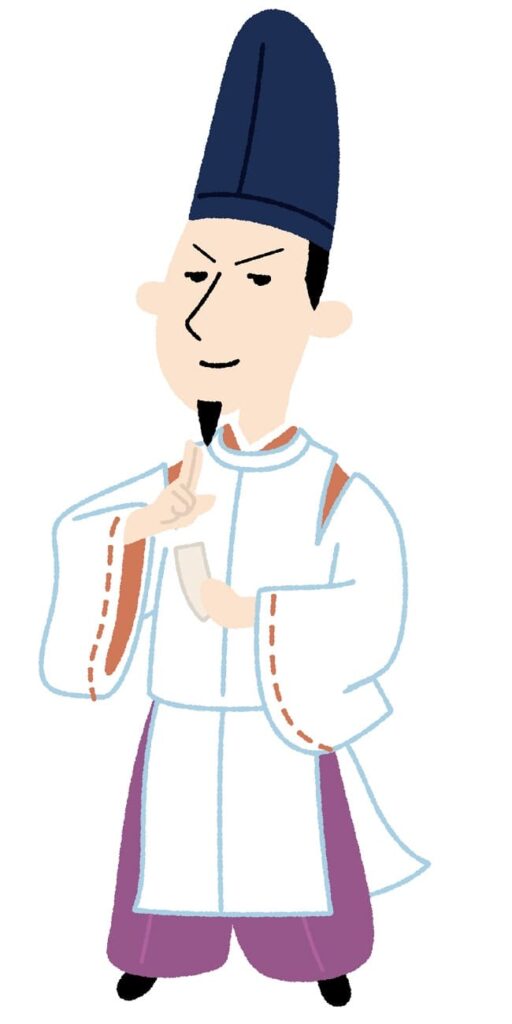
The most renowned Onmyoji in Japanese history is undoubtedly Abe no Seimei(安倍晴明). A legendary figure of the Heian period, Seimei was not only a master of Onmyodo, but also held the position of Tenmon Hakase (Doctor of Astronomy).
Legends attribute numerous supernatural feats to Seimei, including exorcising demons and accurately predicting future events. His name is immortalized in folklore and has inspired countless stories, movies, and even manga.
Abe no Seimei contribution for the defeat of Shuten-Doji
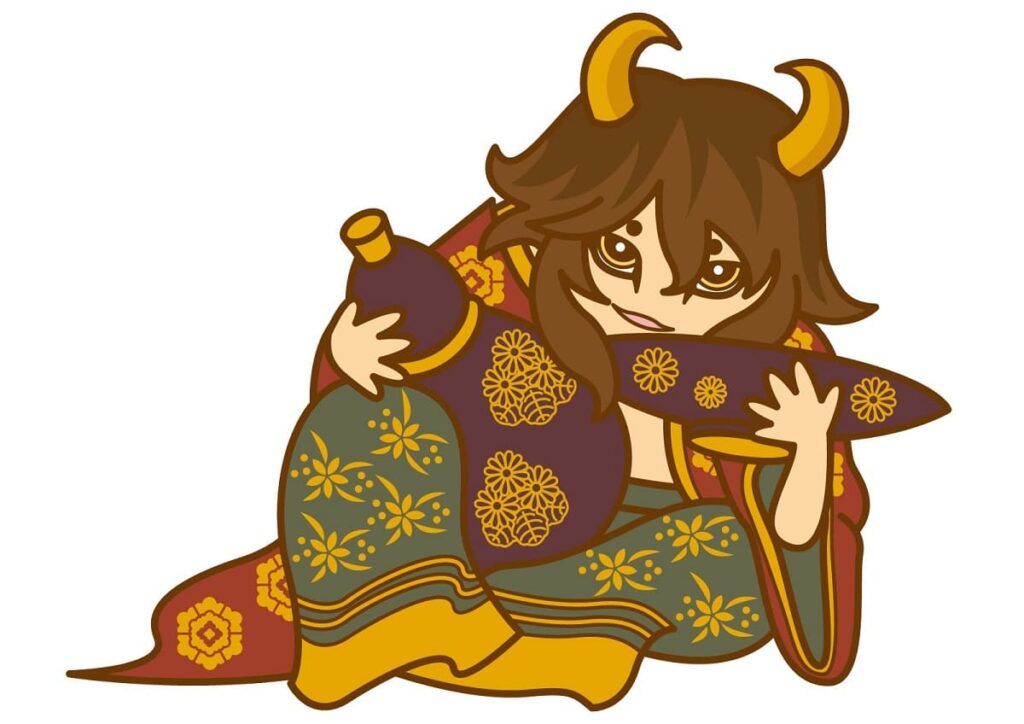
One of Seimei’s most famous achievements was helping to defeat Shuten-doji, a mythical oni (demon) that terrorized the Kyoto area. This tale is a testament to Seimei’s legendary status as both a mystic and a protector.
If you are interested in Shuten doji, please check the article below.
Why Did Onmyoji Disappear?
The decline of Onmyoji began during the Meiji period (1868–1912), as Japan underwent rapid modernization. The government deemed Onmyodo a “superstition” incompatible with the new era of science and rationality, leading to the abolition of the Onmyoryo.
One notable figure during this transitional period was Tsuchimikado Haruo, the head of the Onmyoryo, who attempted to preserve the traditions by advocating for the continuation of the lunar-solar calendar. Unfortunately, his efforts were unsuccessful, and with his passing, the old system faded away. The shift to the Gregorian calendar and the push for Western-style modernization ultimately sealed the fate of Onmyoji, stripping them of their official status and roles.
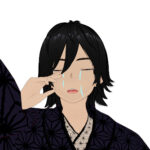
Poor Onmyoji!
Onmyoji in Modern Media: Nioh Series
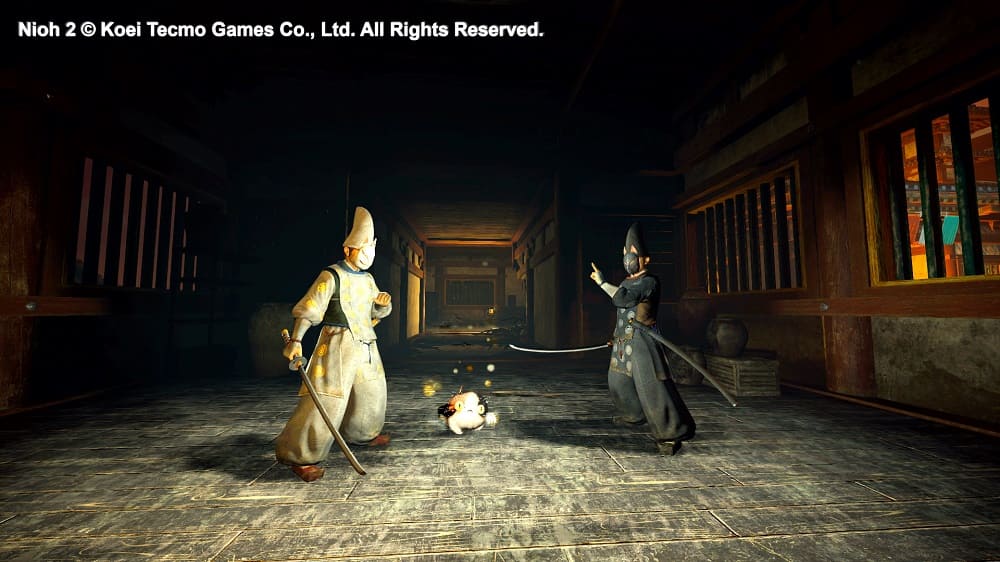
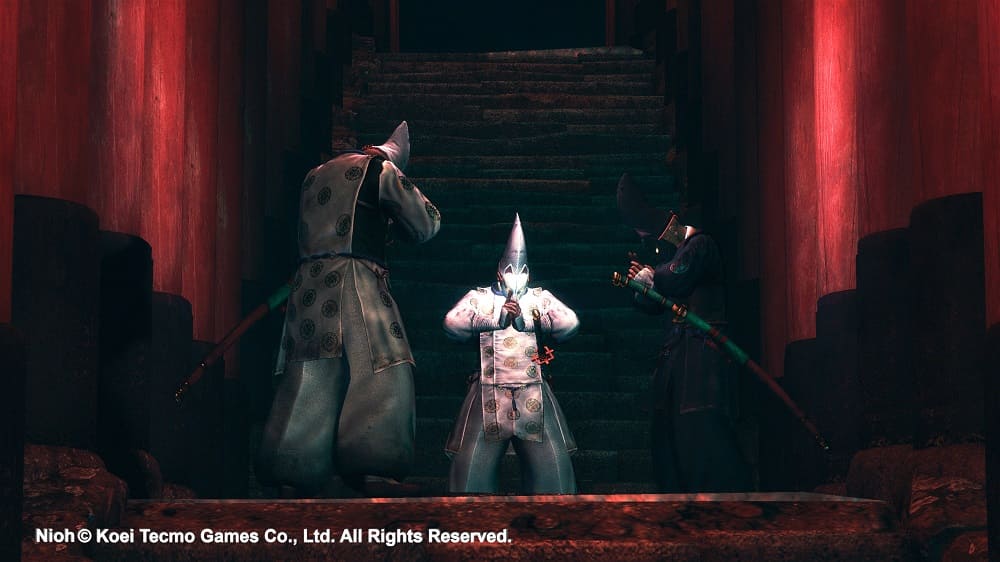
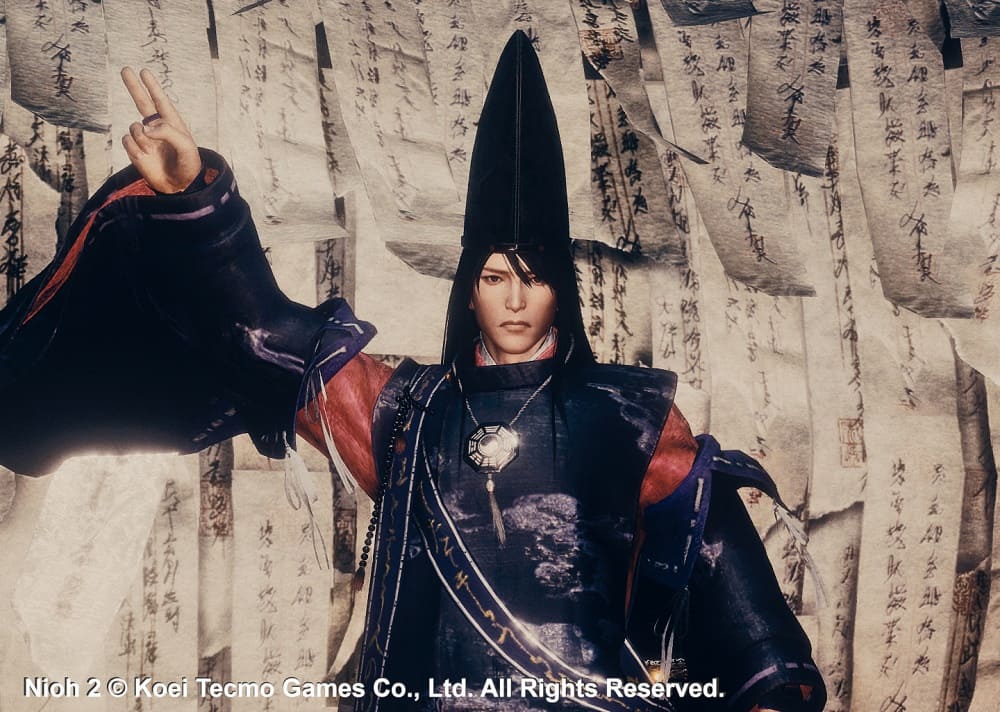
In recent years, the mystique of Onmyoji has been revived in pop culture, particularly in the action games of Nioh and Nioh 2. These games portray Onmyoji as powerful figures who battle yokai (Japanese spirits) and also engage with the protagonist in battle using their mastery of Onmyodo. Players can experience the allure of these ancient mystics through the game’s exciting depictions of rituals, spells, and combat techniques.
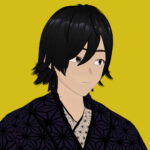
I don’t like when some Onmyoji attacks me and uses his magic to make me slow like a turtle!
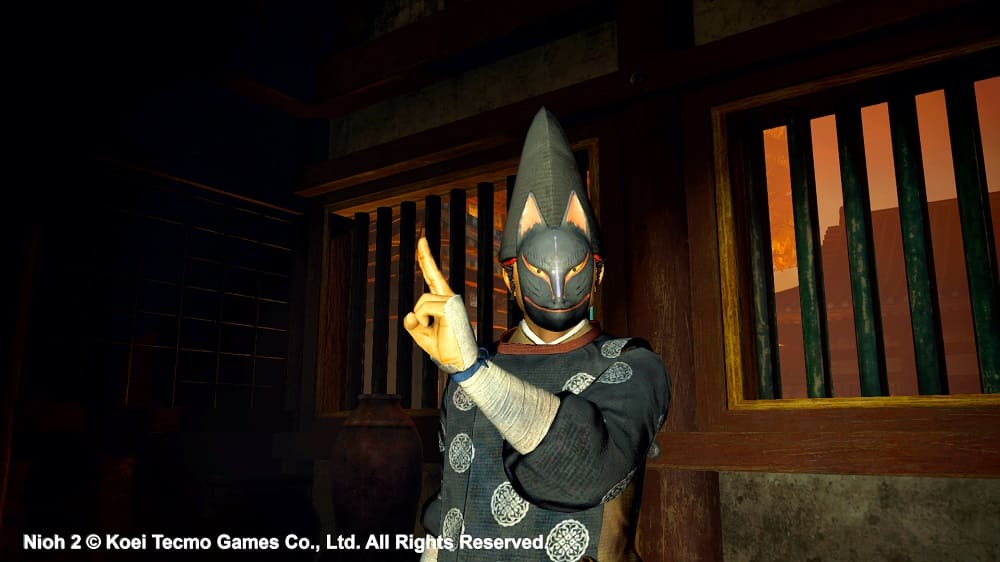
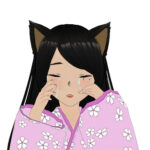
Me too! I get killed because of that, and we need to restart the mission!
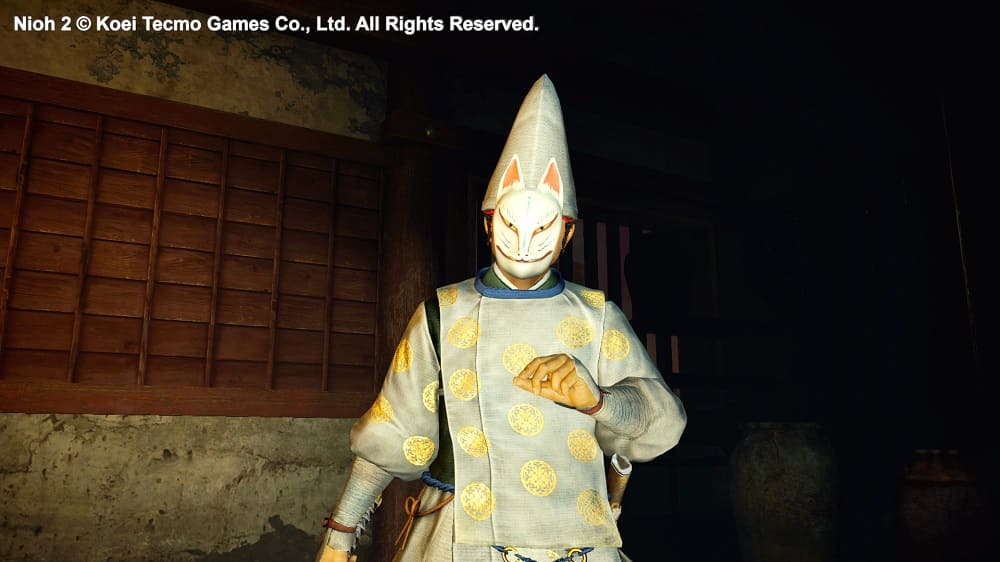
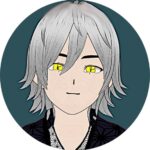
But, We have our favorite Omnyoji! Abe no Seimei!
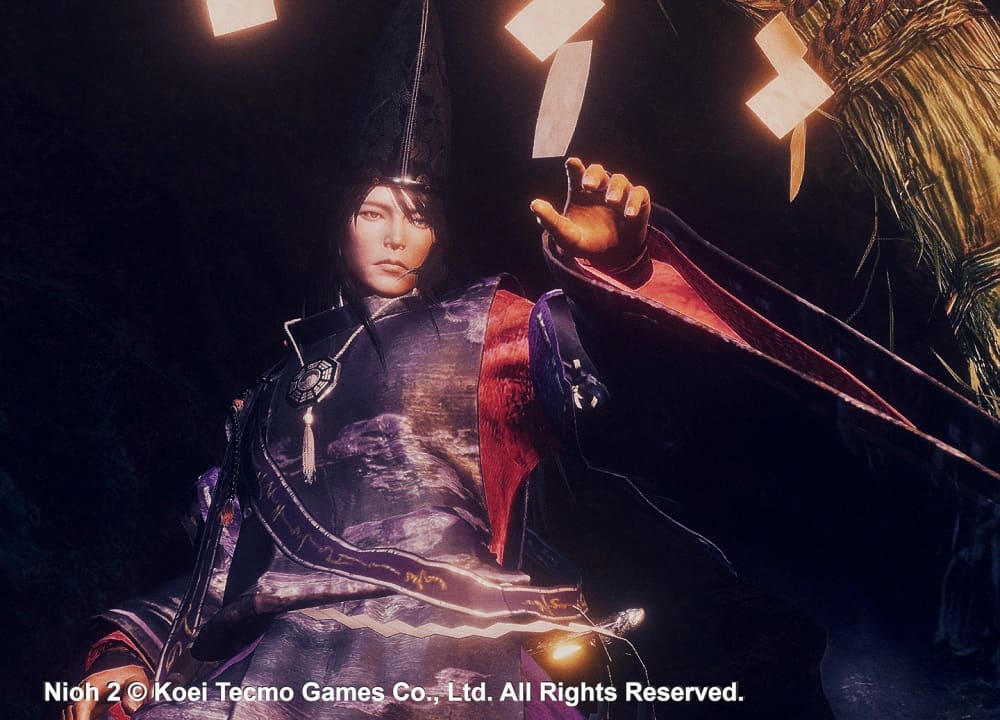

Yes! He teaches us magic and also aids us in a mission! He is the best!
Conclusion
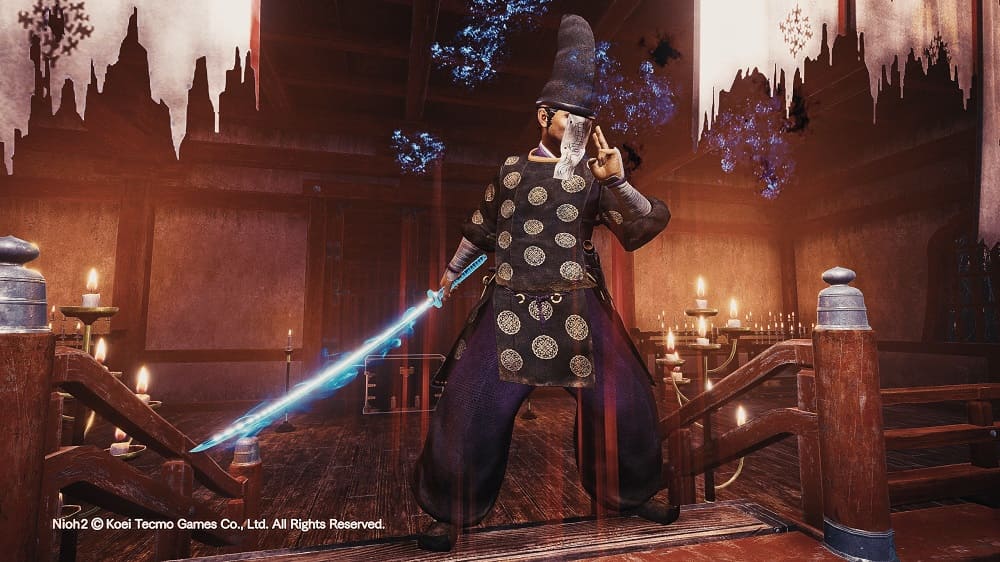
Onmyoji were far more than mystics or fortune-tellers—they were vital contributors to Japan’s society and government for over a millennium. Figures like Abe no Seimei remain legendary, while the profession itself has left an indelible mark on Japanese culture.
Whether you’re a history buff, a fan of folklore, or simply curious about Japan, the story of the Onmyoji offers a fascinating glimpse into the country’s rich and complex past. Next time you encounter references to Onmyoji in media or literature, take a moment to appreciate their profound legacy!

If you are interested in Japanese culture, you may love these games!
Let’s play!
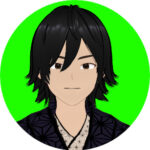
Yes! Let’s play!


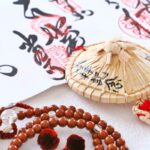
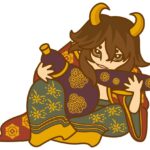
Comments